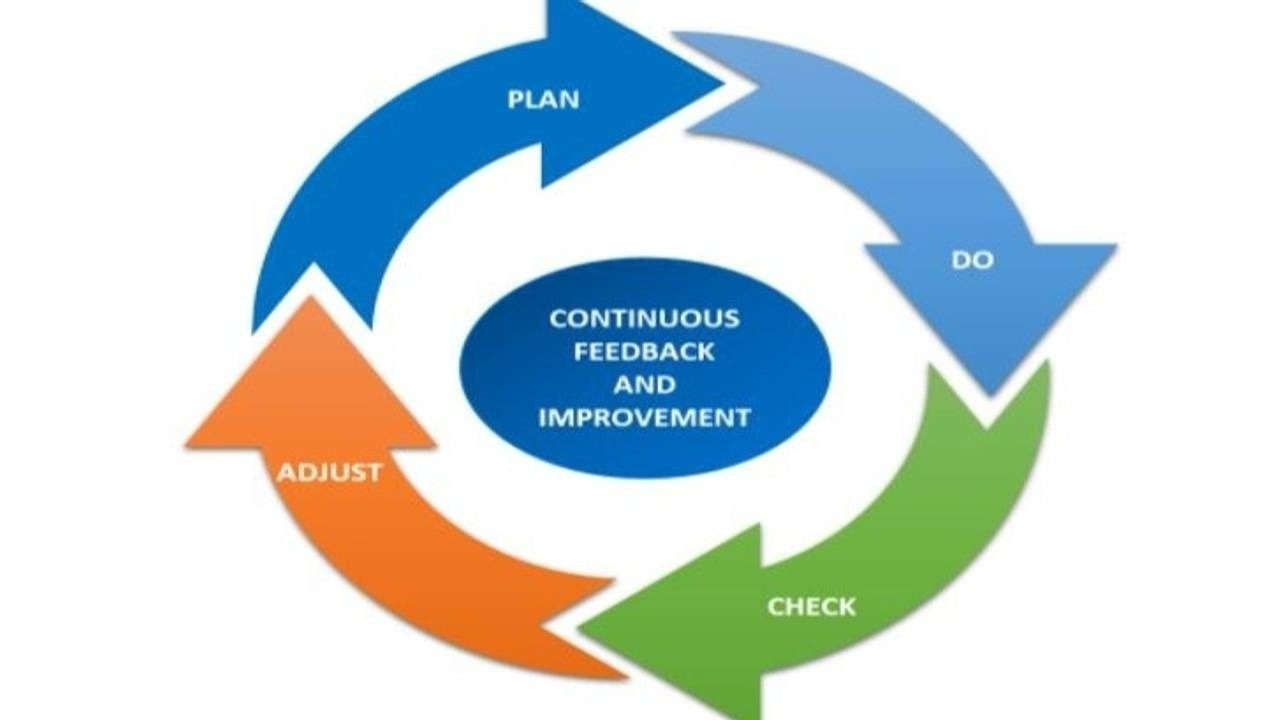
The famous quote from Napolean Hill “Plan your work and work your plan” is intrinsically focused on making your plan work because it is a living artifact which can change and adapt to the circumstances.
Planning is an integral part of project management or any other activity, event, goal that you wish to accomplish. Planning is not only limited to creating a schedule of activities; but also involves clarity on the outcomes so that it can become reality. Nevertheless, to say plans become reality only when you start executing them or you find them hard to achieve when you face the reality (pun intended).
In this ever-changing, fast, unprecedented digital world of robotics and machine learning algorithms, it becomes a critical question on how to bridge the gap between strategy design and implementation and how to turn your ideas into reality. Believe me there is no silver bullet or a prescribed formula to achieve it. The only way is to be open to challenges and changes, be proactive instead of reactive and learn, adapt, and measure the outcomes continuously.
If you encounter a complex problem or a problem requiring more due diligence, you cannot just do it by performing a thorough planning at the start only and becoming confident that it will be successfully executed without understanding its nature and context. For example, you are facing frequent internet connectivity problem and the technical team is trying to identify its root cause. The internet line may not be faulty; but it could be the network congestion which might be causing the problem. There may be a need to monitor the traffic on your network and segment your network into multiple subnets or you may need to optimize the TCP/IP settings to balance the speed. A misconceived perception to bring an army of experts to solve a complex problem may or may not work. However, a team of people who are ready to collaborate, brainstorm and identify different perspectives and the solution approaches to a problem can solve and deliver it. It becomes an agnostic approach to identify the people for a particular technical skillset who do not possess the essential skills of critical thinking, analytical ability, collaborative power and learning agility. But how are all these skills linked to planning? As planning is an ongoing process in any simple or complex project, it requires all these aforesaid skills to boost the decision-making power and ensure that the plan is not fallen apart when the execution starts.
As it is considered outrageous when the actual progress does not move as per the planned numbers, it is better to plan continuously and in smaller chunks without losing the focus from the larger objective or the purpose intended to be achieved. Now, it is an ironical situation to plan in smaller chunks or iterations and still have the bigger objective under your radar. The answer is simple. Yes, you can do it by identifying the goals and measuring the value delivered in each iteration. It does not mean that constructing 20% of the bridge and allowing the traffic to traverse to reach their destination. But it means allowing the traffic to move on with an alternate route to reach their destination before a cut-over. The analogy of one of the values of Agile Manifesto is to provide working solution to the problem which makes your customer delighted. Having an alternate option is also a way to provide value to your customers or society when the actual problem is still under development or analysis. The option should be sustainable and so should be the solution to the actual problem. The planning process involves formulation, evaluation, comparison, and selection of an alternative before implementation which requires analytical mindset to enable the data-driven approach to problem solving, and thus, providing actionable insights and learning to the ecosystem.
The shorter planning cycles help in providing the opportunity to review the progress and assess how well your strategic actions are working towards the objectives.
Deming’s cycle (PDCA - Wikipedia) is an iterative design and management method where planning is done after each iteration in shorter cycles to get a continuous feedback to adjust and to reduce the impact of risk associated with a complex problem.
In nutshell, planning is essential and can’t be obviated. But the only thing to be understood is how to plan effectively and when to plan. These two questions lay the foundation of any planning process to make the plans workable and replicable and not only keep them as artifacts to be archived.
References:
PDCA Cycle- https://en.wikipedia.org/wiki/PDCA
About the Author:
Gaurav Dhooper is a strategic thinker, seasoned project/program management professional, Agile IT Delivery Leader, author, and a keynote speaker. His area of interest is Digital Transformation & Strategy. He is focused towards bringing business and process excellence by continuous improvement and building strong motivated teams to deliver customer value. Gaurav is an avid writer and has authored articles on Digital Transformation, Agile Transformation, Agile Project Management and Hybrid Project Management. He also writes articles on Robotic Process Automation, Artificial Intelligence, Machine Learning and Personal Agility in leading online publications. Gaurav has been reviewer for PMI’s Standard for Earned Value Management and a book on Agile Contracts. Gaurav also holds the voluntary positions of President of PMO Global Alliance India Hub and Senior Official of International Association of Project Managers for Metropolitan area of Noida, India. He is also a volunteer and an active member of PMI.
